Description
The Palm Tree with a Mediterranean Flair
The European Fan Palm, scientifically known as Chamaerops humilis, is a stunning and hardy addition to any indoor or outdoor space. Originating from the Mediterranean region, this palm is characterized by its fan-shaped, silvery-green leaves, which add a touch of exotic charm. Growing to a height of up to 15 feet in its natural habitat, it typically reaches a more manageable size when cultivated in containers, making it ideal for home or office environments.
Caring for your European Fan Palm
Its slow growth rate and easy-care nature make it a perfect choice for beginners or those looking for low-maintenance greenery. Whether placed in a sunny corner of a living room or on a patio, the European Fan Palm brings a touch of Mediterranean flair and a sense of tranquility to its surroundings.
Light
Prefers full to partial sun. In outdoor settings, a spot that receives at least 5 hours of direct sunlight is ideal. Indoors, place near a south-facing window for optimal light.
Temperature
It’s cold-hardy down to 15°F (-9°C). In winter, if the temperature dips below this, it’s crucial to provide protection.
Soil
Requires well-draining soil. A mix of potting soil with added sand or perlite enhances drainage. For garden planting, amend heavy clay or sandy soils to improve fertility and structure.
Water
Regular watering is essential, especially during warmer months. Allow the top inch of soil to dry out between waterings. Overwatering can lead to root rot, so ensure pots have drainage holes. This palm tolerates a range of humidity levels, making it suitable for most homes.
Fertilization
Fertilize during the growing season (spring and summer) with a balanced, slow-release palm fertilizer. This provides essential nutrients like nitrogen, potassium, and magnesium. Avoid over-fertilization, which can harm the plant.
Pruning
Pruning isn’t often necessary. Remove dead or damaged fronds to maintain appearance and health. Use sterilized pruning tools to prevent disease spread.
Pest and Diseases
Watch for common pests like spider mites and scale insects. Treat infestations with insecticidal soap or neem oil. Avoid overwatering to prevent fungal diseases like root rot.
Propagation
Propagate by seed or division. Seeds require warmth and constant moisture to germinate. Division involves separating offsets from the parent plant, best done in spring.
Potting and Repotting
Choose a container with ample drainage. Repot every 2-3 years or when roots become crowded. Use fresh, well-draining potting mix during repotting.

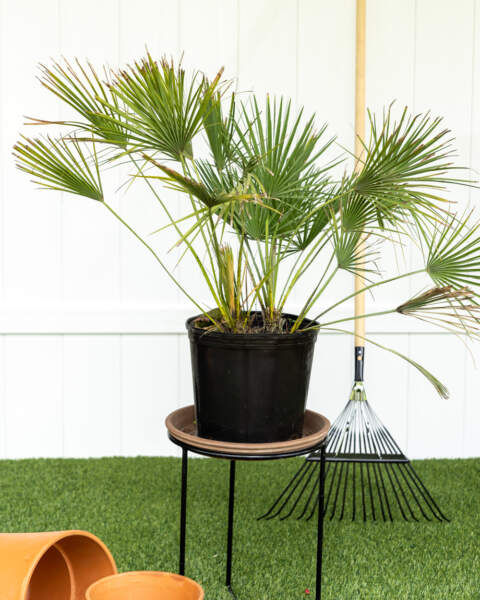
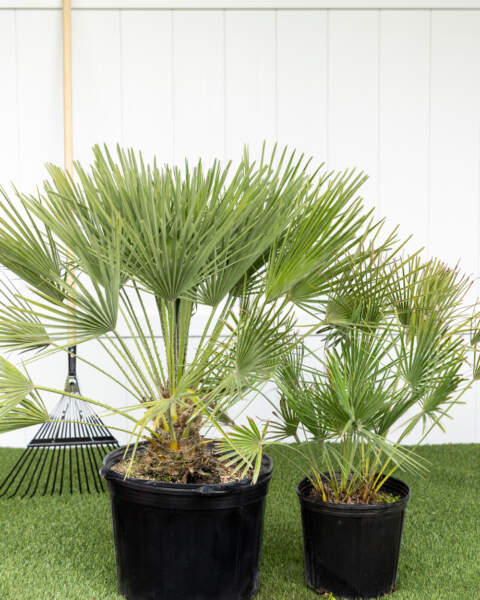
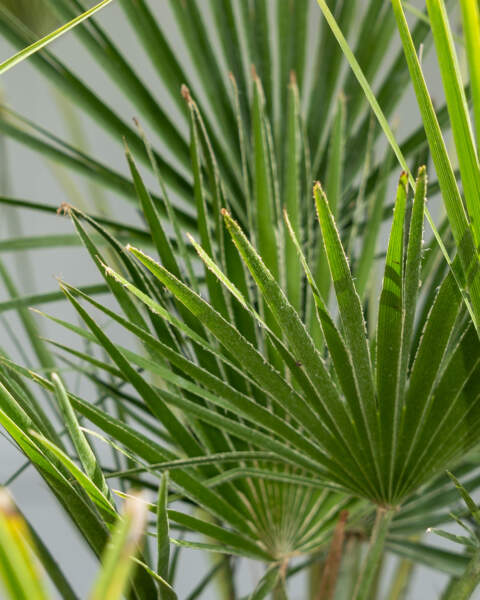
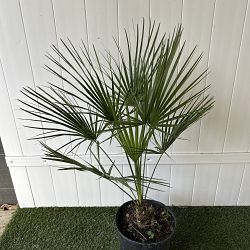
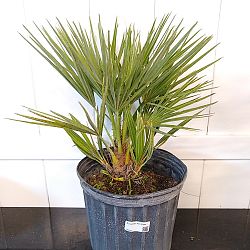
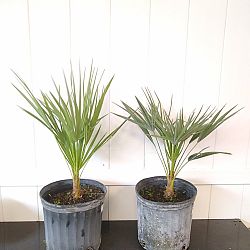
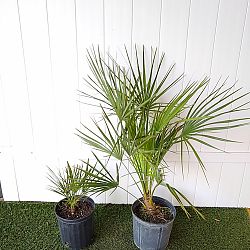
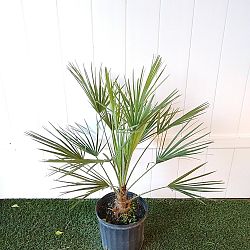
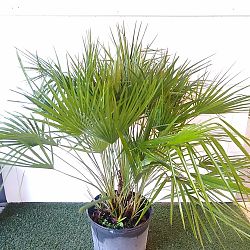
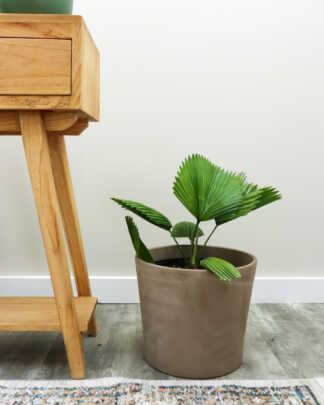
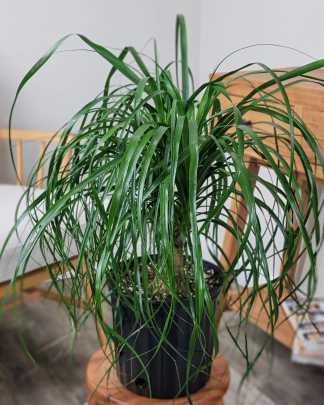
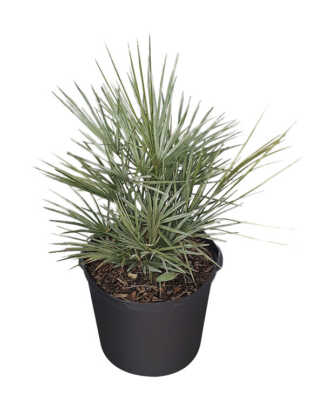
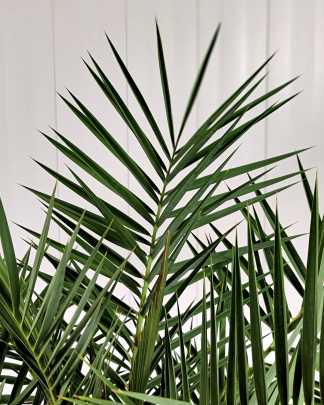
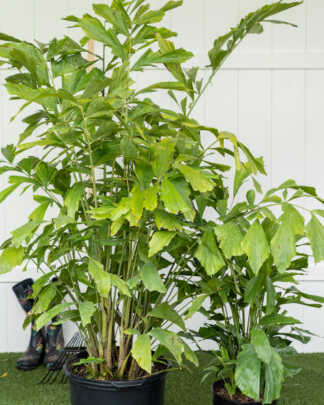


Susan Jack (verified owner) –
Becky (verified owner) –
Healthy & happy palms! Need some advice on whether or not to plant in triple digit heat. Would appreciate a call.
michael mislan (verified owner) –
nice healthy palm and nice price
betty g. (verified owner) –
Beautiful, healthy plant. Had three babies already. Was well packaged and is looking great after transplanting
William Burruss (verified owner) –
The plant is very nice!